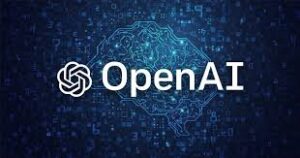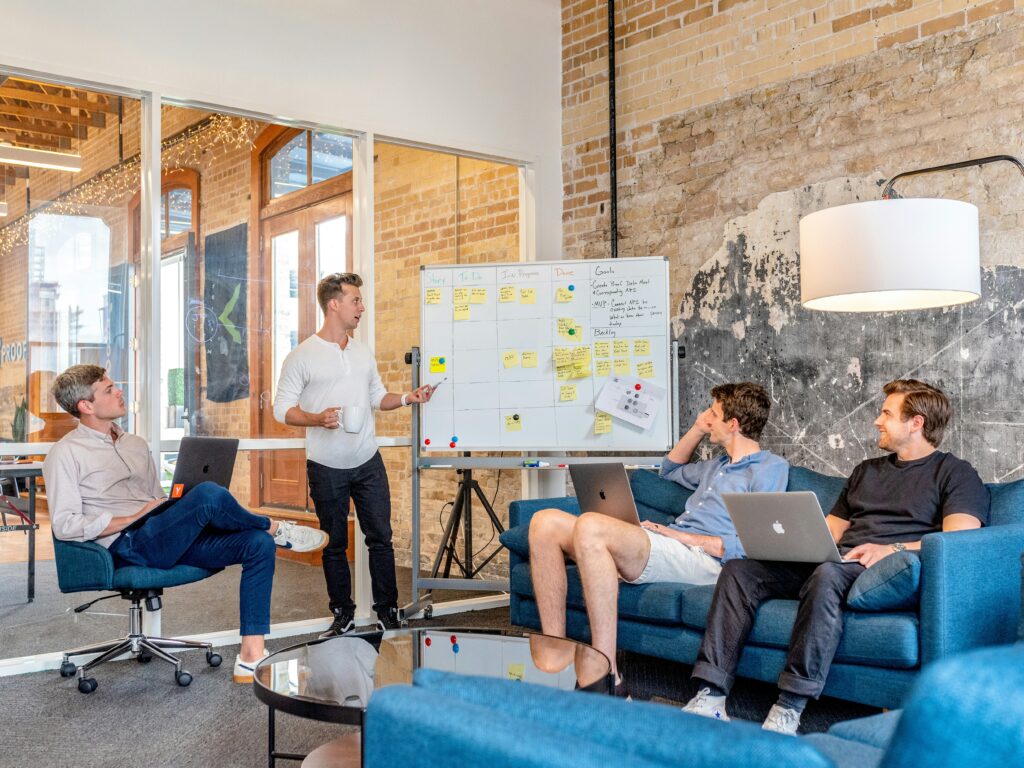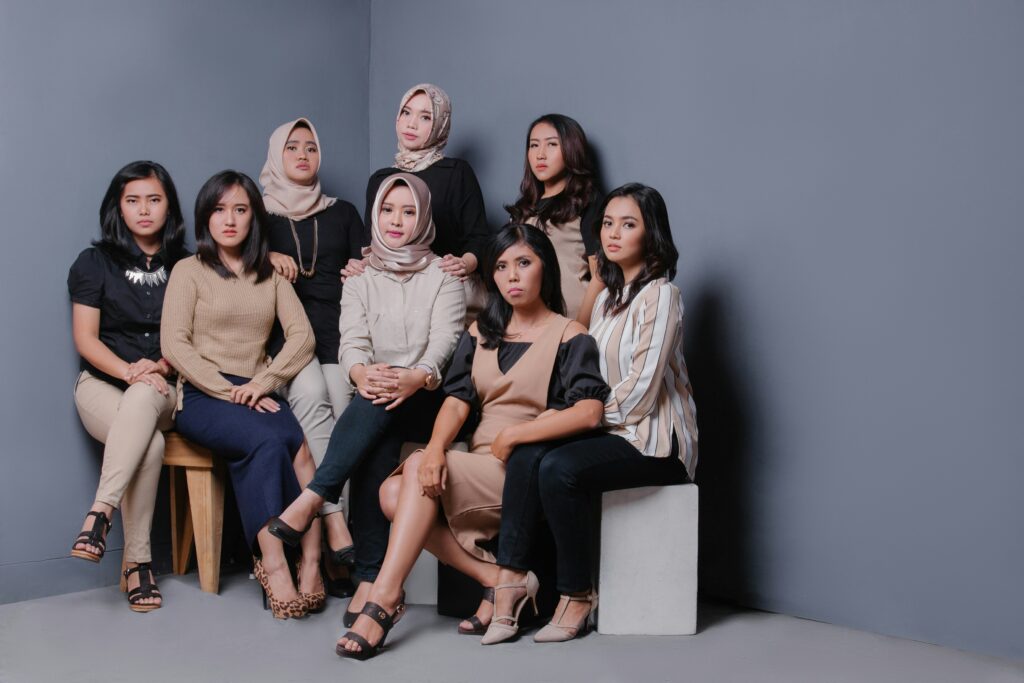OpenAI released Sora 2, its second-generation video model, on Tuesday alongside a consumer-facing iOS app featuring an algorithmic feed and “cameos” functionality that lets users insert their likeness into AI-generated videos—a strategic shift from enterprise API to direct consumer engagement.
The Sora app launches free in the U.S. and Canada on an invite-only basis, with ChatGPT Pro subscribers receiving immediate access to the Sora 2 Pro model. OpenAI says monetization will begin by charging for additional video generation during high-demand periods, though full pricing details remain undisclosed.
The launch positions OpenAI in direct competition with Meta’s recently launched “Vibes” AI video feed and TikTok’s short-form content dominance, marking the company’s first major consumer social product beyond ChatGPT’s conversational interface.
Sora 2’s technical advancement centers on improved physics simulation. OpenAI acknowledged that previous video models “morph objects and deform reality” to satisfy text prompts—a critical flaw for enterprise applications requiring realistic output.
“In Sora 2, if a basketball player misses a shot, it will rebound off the backboard,” OpenAI wrote in its release post. Public demo clips show beach volleyball, skateboarding, gymnastics, and diving scenarios that maintain physical consistency across frames.
The physics improvements matter for enterprise buyers evaluating AI video for training simulations, product demos, or marketing content. If Sora 2 delivers reliable physics modeling, it creates competitive separation from Runway, Pika, and other generative video tools that still struggle with object permanence and momentum conservation.
The “cameos” functionality requires users to upload a one-time video and audio recording for identity verification and appearance capture. Users can then grant friends permission to include their likeness in generated videos, enabling multi-person AI content creation.
OpenAI framed cameos as the core social feature: “We think a social app built around this ‘cameos’ feature is the best way to experience the magic of Sora 2.”
The permission-based sharing model creates network effects. Each user who grants cameo access to friends expands the potential content creation pool, incentivizing platform stickiness. For consumer social investors, the question is whether cameos drive sufficient engagement to compete with TikTok’s creator economy or Instagram’s established networks.
The Sora app curates recommendations using user activity, location data from IP addresses, post engagement history, and ChatGPT conversation logs—though users can disable ChatGPT data collection. Parental controls allow guardians to override infinite scroll, disable personalization, and manage direct messaging access.
OpenAI’s safety track record creates investor risk. The company has struggled with content moderation in ChatGPT, and non-consensual AI video remains a persistent problem with limited legal frameworks governing platform responsibility. If Sora’s social feed enables deepfake abuse or non-consensual likeness usage, regulatory exposure could force feature rollbacks or geographic restrictions.
The cameos permission structure attempts to mitigate abuse—users can revoke likeness access at any time. However, once generated, videos exist independently of revocation. A user could grant temporary access, have their likeness captured in content, then lose control of distribution.
Sora’s December 2024 launch targeted enterprise customers through API access. The pivot to consumer social suggests either disappointing enterprise adoption or recognition that consumer engagement drives valuation multiples that enterprise SaaS cannot match.
Meta’s October launch of Vibes—an AI video feed inside its Meta AI app—validates OpenAI’s thesis that AI-generated video can sustain algorithmic feeds. However, Meta’s existing social graph and content moderation infrastructure provide significant advantages. OpenAI must build user acquisition, retention, and safety operations from scratch.
For investors evaluating AI infrastructure companies, OpenAI’s consumer pivot creates strategic questions about the entire generative AI market. If the leading AI lab concludes that consumer social products monetize better than enterprise APIs, it suggests margin pressure on pure-play model providers like Anthropic, Mistral, and Cohere.
Meta announced Vibes one week before OpenAI’s Sora app launch, indicating synchronized awareness of AI video as a social product category. TikTok’s dominance in short-form video—over 1 billion monthly active users—provides the market validation, while Meta’s execution demonstrates that existing platforms can integrate AI generation without launching standalone apps.
OpenAI’s bet is that AI-native content creation creates sufficient differentiation to attract users away from TikTok’s creator ecosystem. The challenge is that TikTok’s algorithm, creator monetization, and cultural penetration represent years of iteration. Sora must prove that AI generation alone justifies switching costs.
The invite-only launch limits near-term traction visibility, but ChatGPT Pro subscriber access provides an initial user base. If OpenAI can demonstrate engagement metrics comparable to Instagram Reels or YouTube Shorts within the first quarter, the consumer social thesis gains credibility. If not, the company faces pressure to refocus on enterprise revenue where unit economics are proven.








